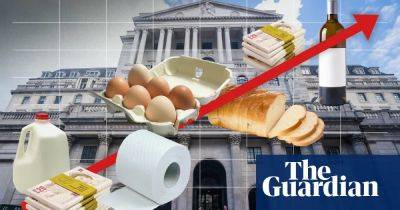Bitcoin, gold and the debt ceiling — Does something have to give?
Bitcoin (BTC) has been trying to break above the $27,500 resistance for the past week, but to no avail. One of the reasons limiting Bitcoin’s upside is the risk of an eventual U.S. default as the government struggles to get the debt limit increase approved in Congress.
Still, some analysts and investors argue that the U.S. debt ceiling standoff is merely a "show" because, ultimately, additional money will hit the markets.
The US Debt Ceiling talks are all show.They're going to print the dollar into oblivion.You need to own hard assets to protect your wealth.#Bitcoin is the fastest horse in the race.
Notice how MacroJack correlates Bitcoin’s digital scarcity to the next logical step: additional inflationary pressure. The stimulus measures, meaning, increasing the government debt limit, might initially sound positive because they avoid a default and favor more economic activity. However, the unintended consequences are future budget constraints as the debt interest payment increases.
Bitcoin’s gains above $27,000 happened while gold traded down 2.5% from May 15 to May 18, reaching its lowest level in 45 days at $1,970. Meanwhile, the U.S. Dollar Index (DYX), which measures the currency against a basket of foreign exchanges, reached its highest level in 2 months on May 18, meaning the U.S. currency gained strength relative to its global peers.
This data should not be interpreted as a vote of confidence in the government's ability to avoid a shutdown, as the global economy would be negatively impacted in the event of a U.S. debt default. For instance, Eurozone members hold $1.54 trillion in U.S. Treasuries, followed by Japan’s $1.1 trillion, China’s $860 billion and the United Kingdom’s $668 billion.
While the global economy may
Read more on cointelegraph.com



















